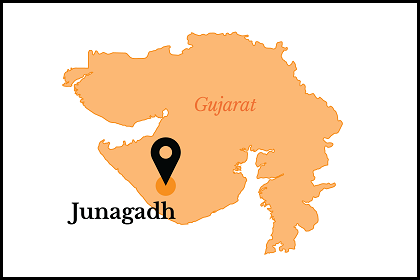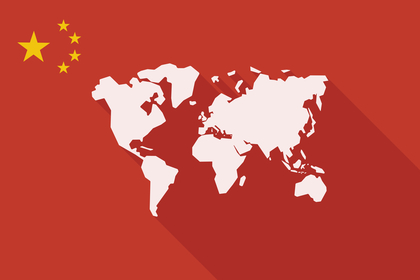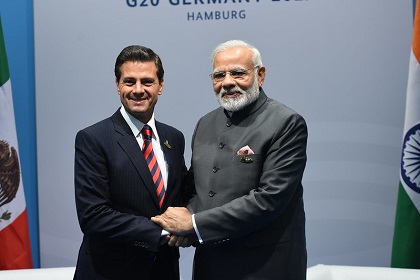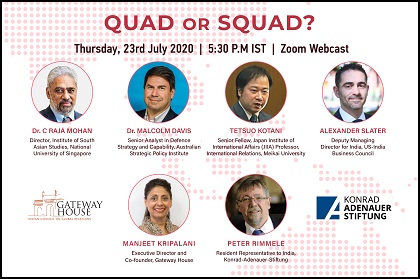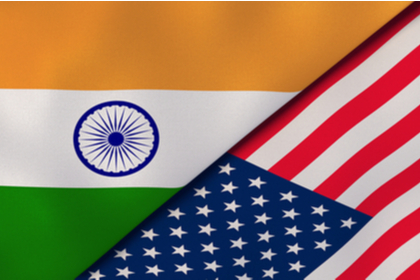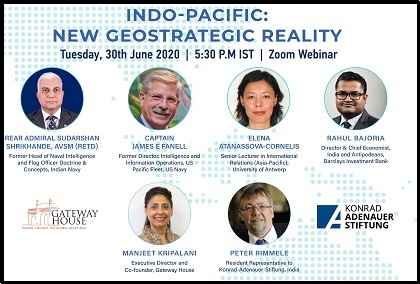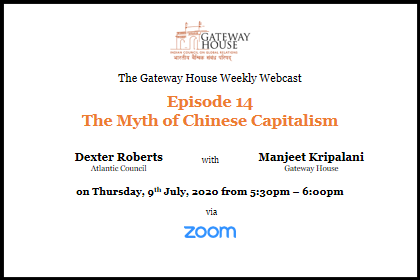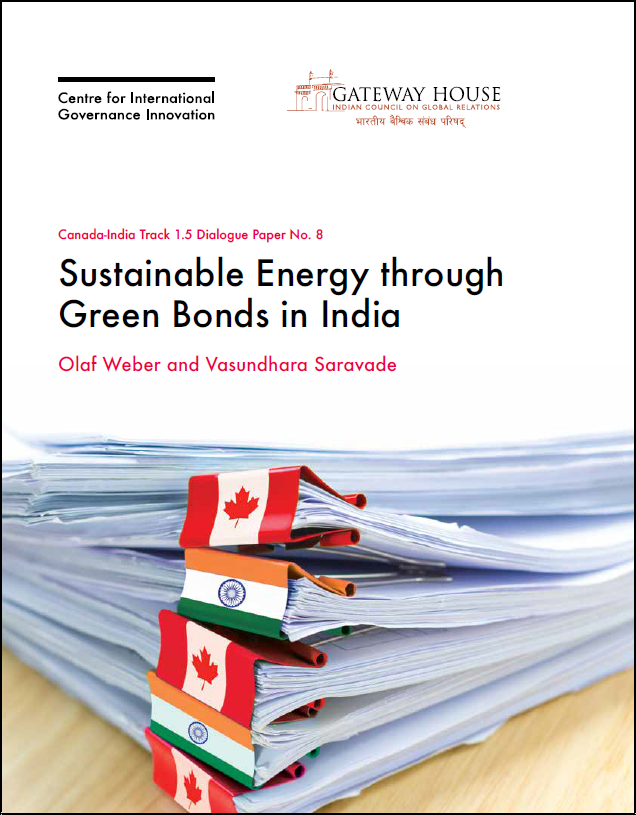Pakistan should drop Junagadh claim
Pakistan’s recent claims on Junagadh is a response to its frustration that the big powers and Islamic world have failed to respond to India’s unilateral action in revoking Article 370 and incorporating Ladakh and Kashmir under New Delhi’s federal control. But the continuing claim is only damaging to Pakistan’s cause.

